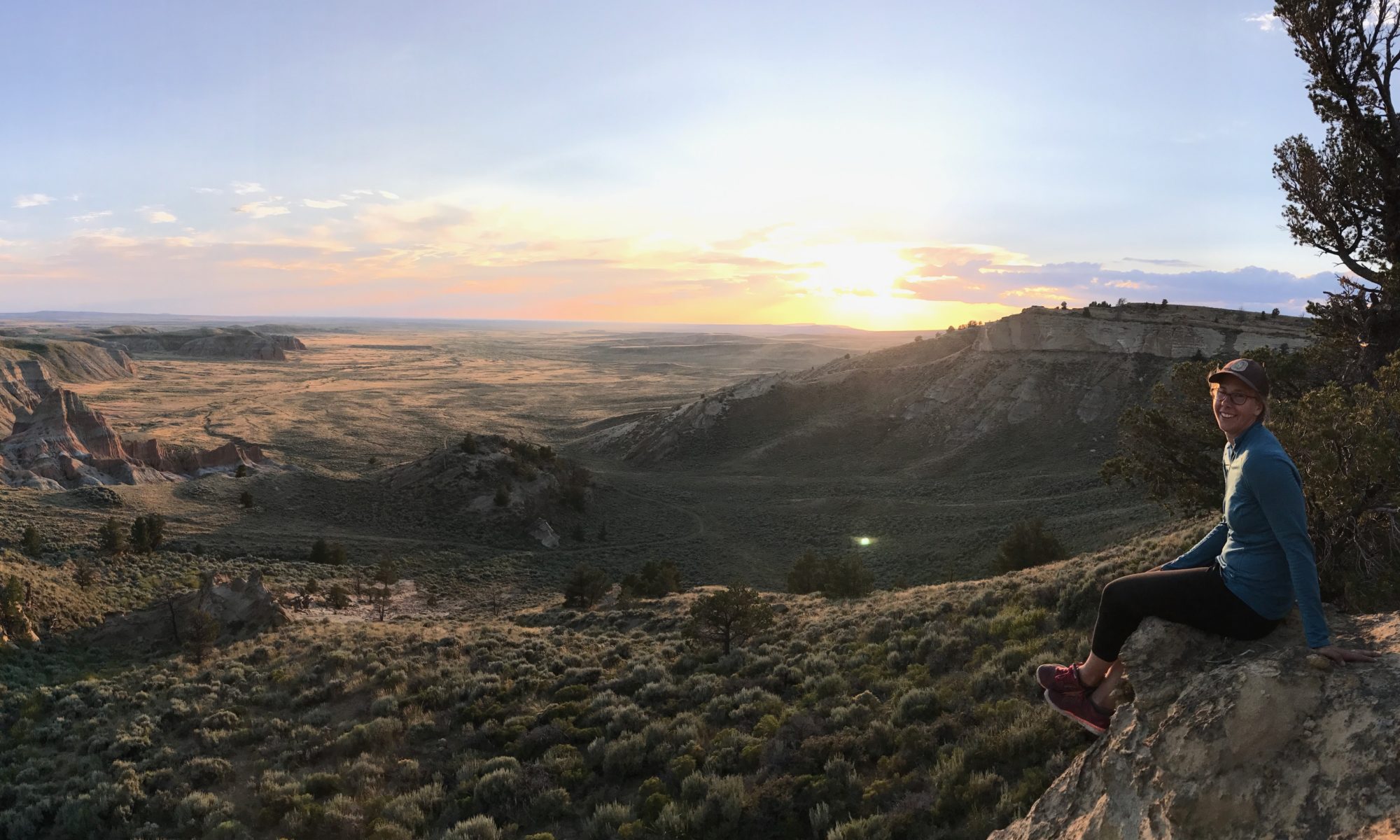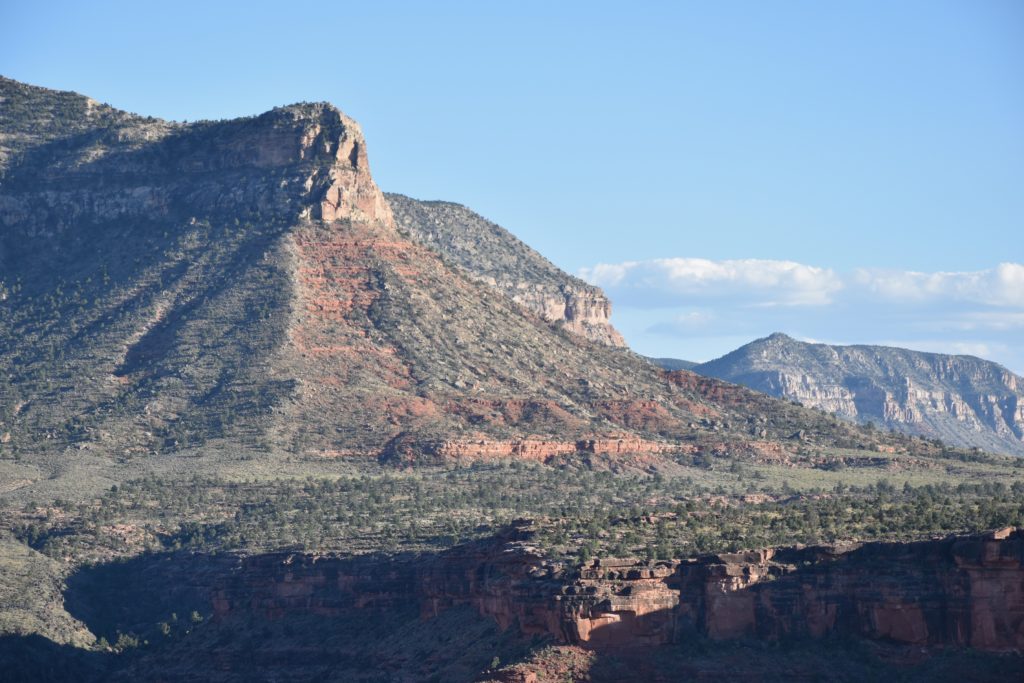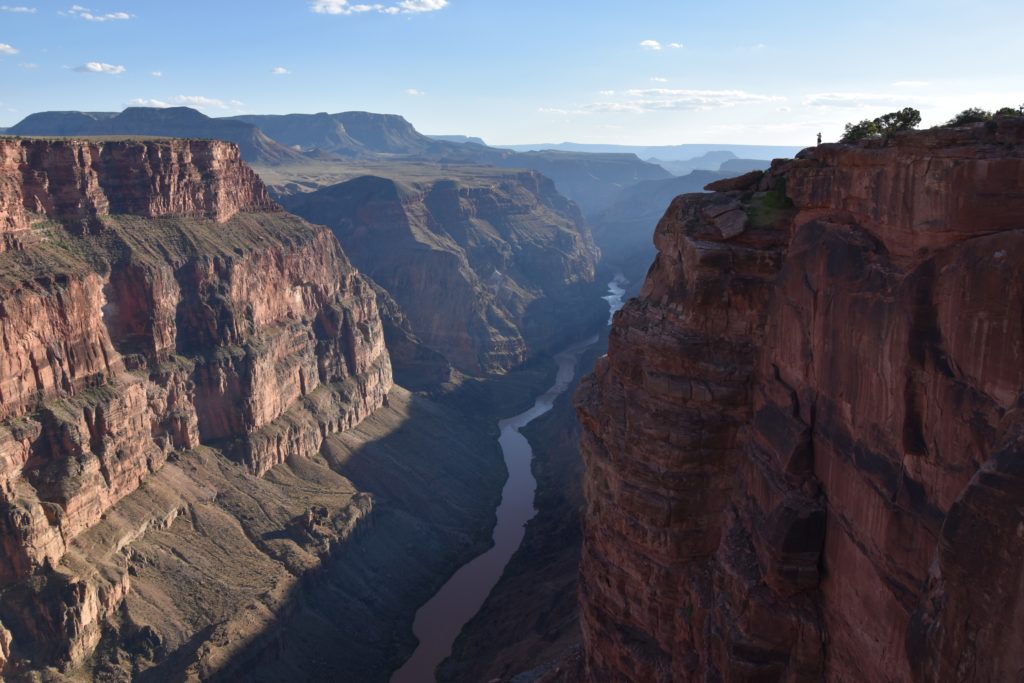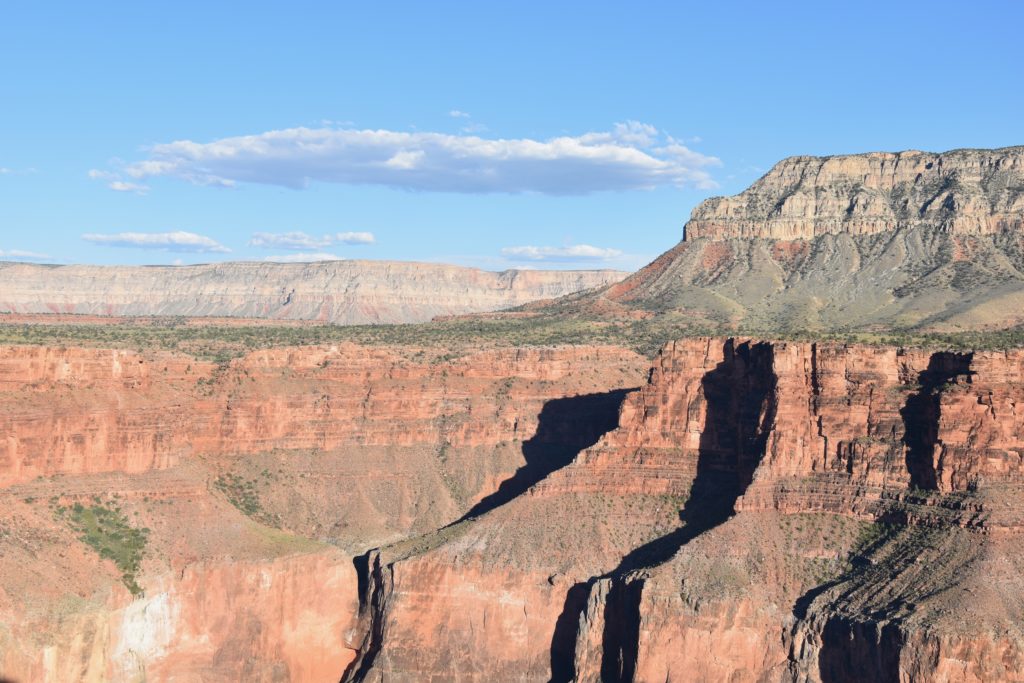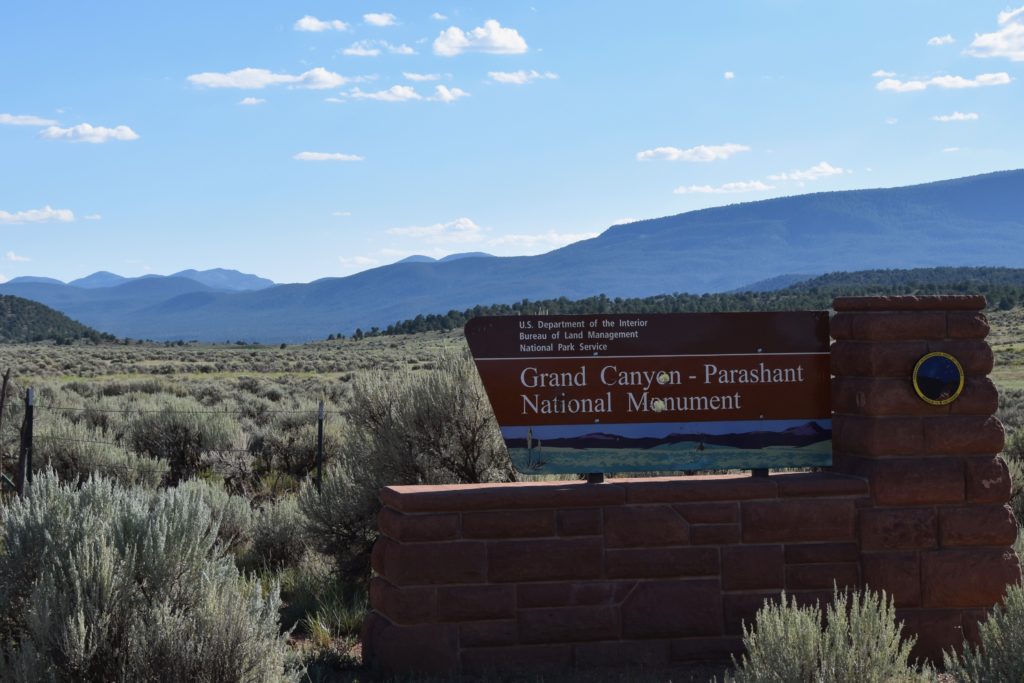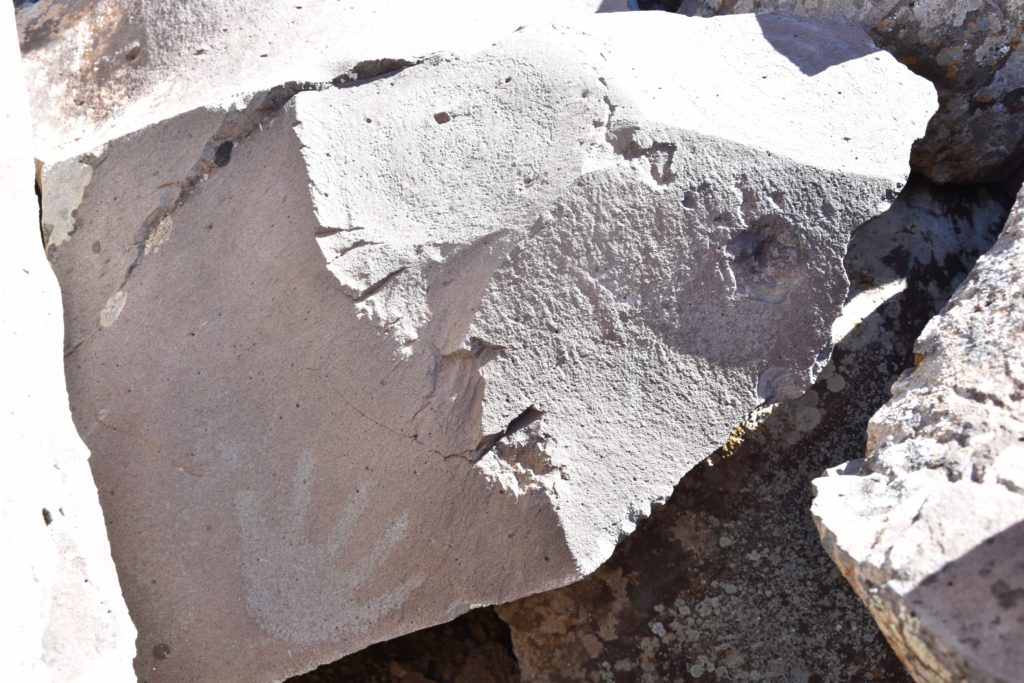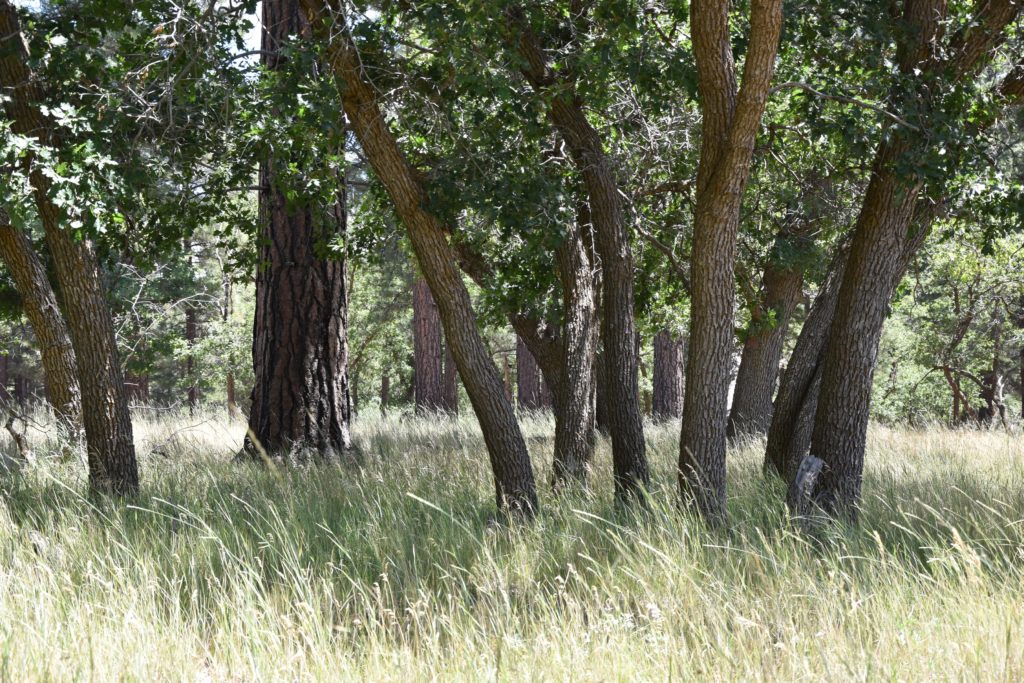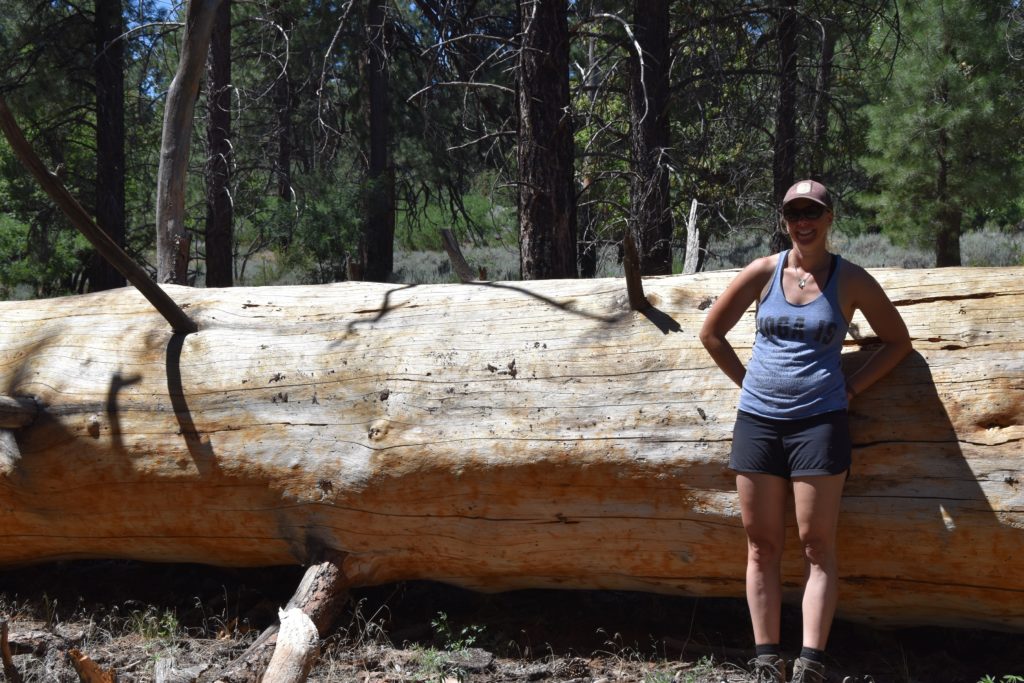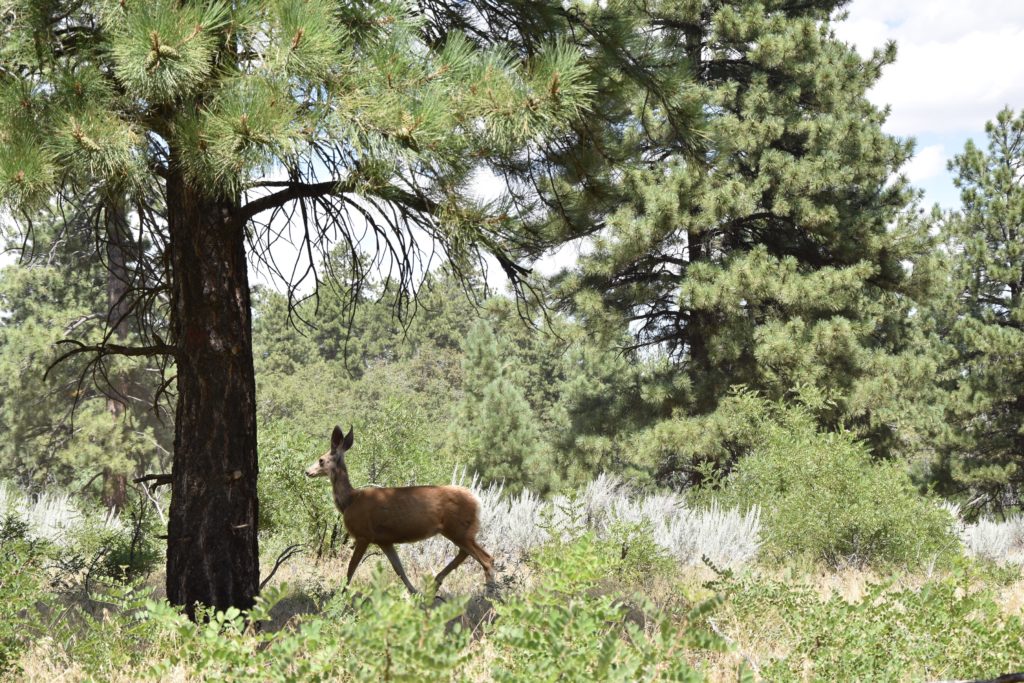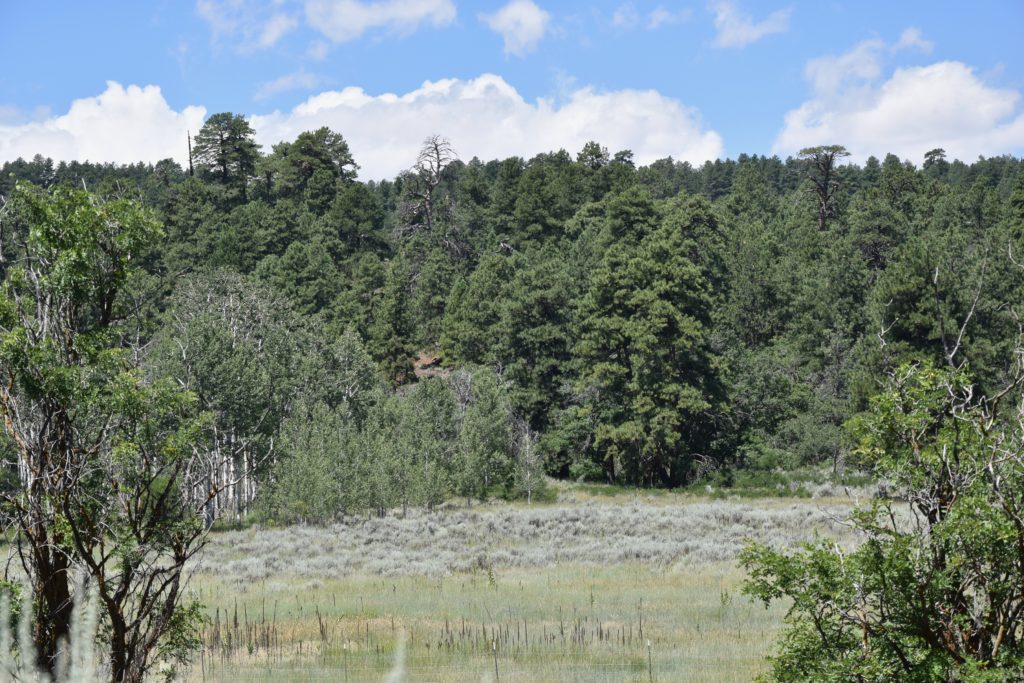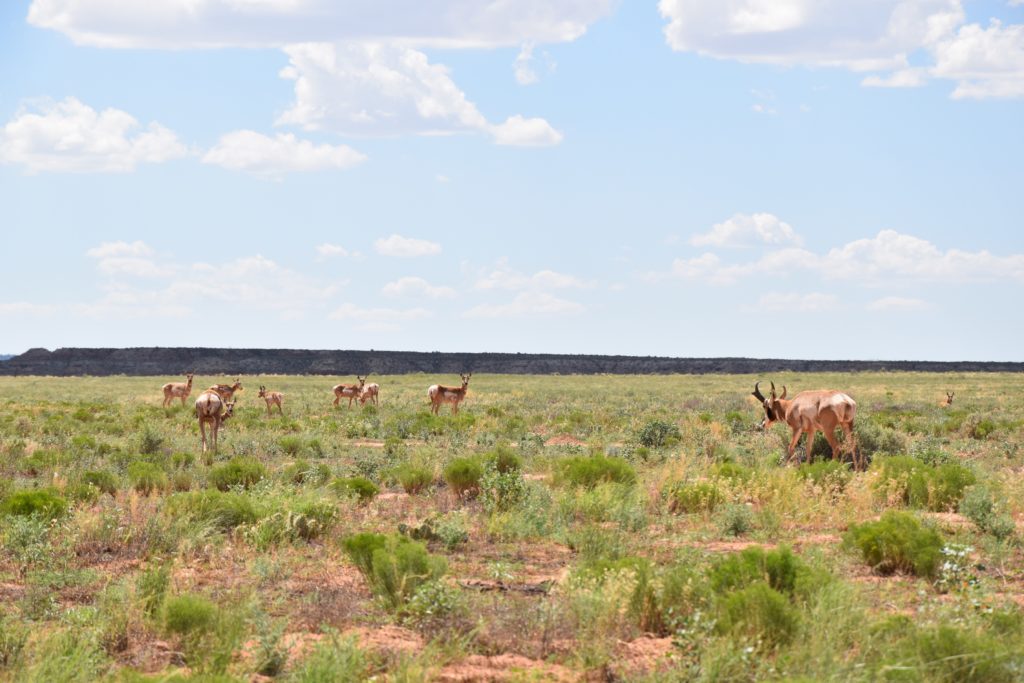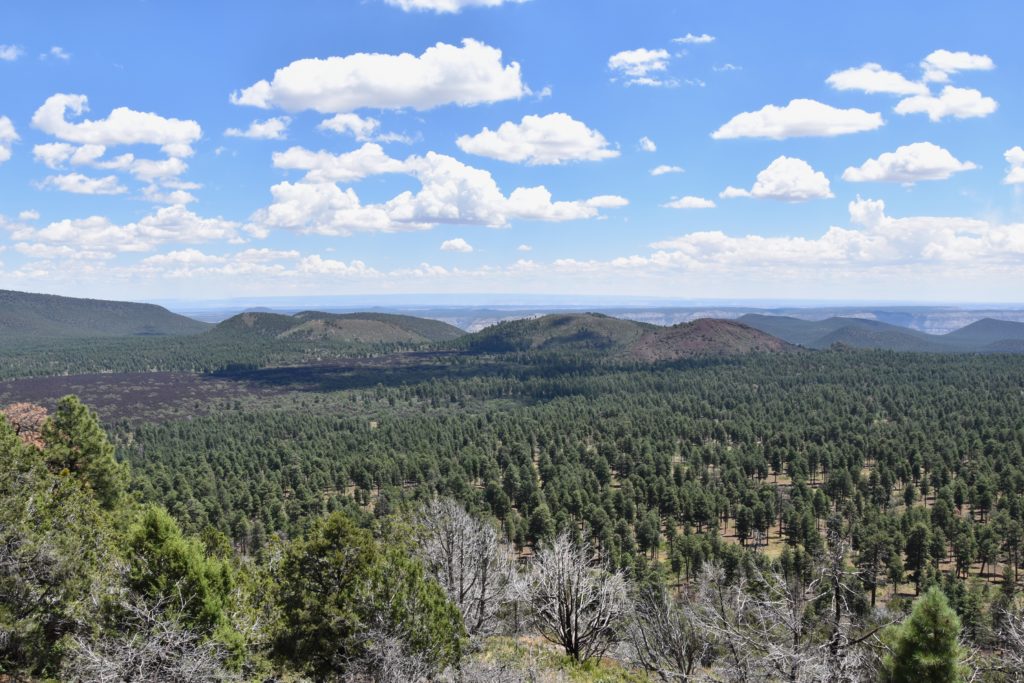
This monument is vast and magnificently diverse. It includes deep canyons, 30 degrees hotter than the forest, to 8,000’ Mount Trumball with beautiful ponderous pine. It’s also remote and undeveloped. There are no paved roads into the Monument and it would be simple to find singing solitude. The remoteness, vastness and huge landscape-level-protection is what makes this Monument so, well, monumental.
Our exploration Grand Canyon-Parashant began in Nevada, where we contemplated a western entrance to explore Pakoon Springs. A couple we meet in Gold Butte told us a feral alligator (pdf link) lived in Pakoon Springs for almost a decade surviving on rabbits. However, it was the roads from Gold Butte and not the giant carnivorous lizard that kept us from exploring the western side of Grand Canyon-Parashant.
We ended up arriving from the north via the Kaibab Paiute reservation. There were plenty of warnings about the roads into the Monument in this area as well, but after driving it we say “Pfft, they haven’t been to Gold Butte!” The roads in this section were far better and softer and we breezed forty miles down Antelope Valley Road for an evening visit to peer into the Grand Canyon itself. Toroweap (technically in the National Park), or as Sam likes to call it, “No Leap,” was a remarkably sheer overlook into Grand Canyon itself. Butterflies, shaky legs, and woozy stomach all show up to meet those carefully half-stepping to the ledge to look 3000’down to the muddy Colorado River.
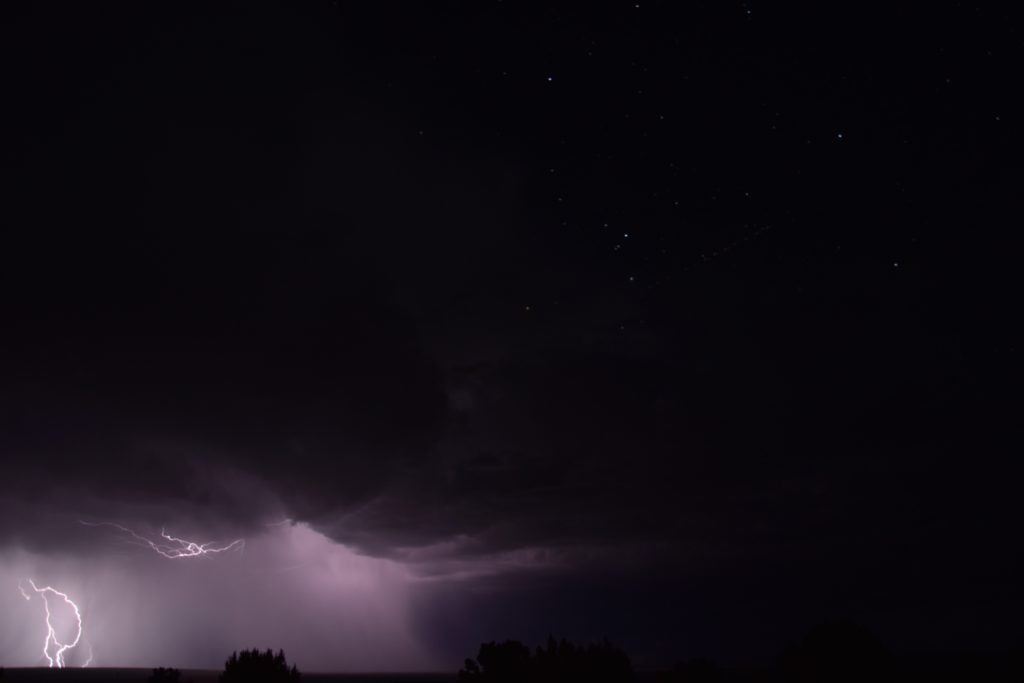
We camped near Nampaweap, (aka Two Foot Canyon), a mild rock and forested canyon that was the gap between two foothills and a path from the high country to the low Grand Canyon. At night the moonlight sliced perfectly through the canyon which was a reaffirmation that this had been a good spot to camp for a very long time.
